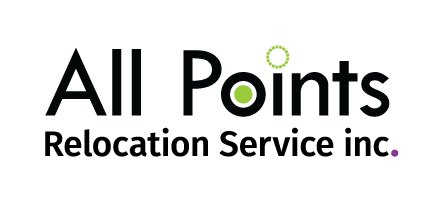Now to be clear, this is based strictly on the value of someone’s goods. In my opinion the sentimental value of some low value item in your home, that brings back your memories of a certain time are much more precious than some pieces of art. If heaven forbid there was a fire in your home, would you save the Rolex or something precious made by your daughter for your wedding anniversary.?For example, I have two walking sticks I made for my kids at a cottage one summer. I put way more value in them than my 60-inch flat screen. We tend to forget what exactly we are moving in this business. But I digress, back to high value goods.
Moving with all its stress, is actually a great time to get you home in order. Some of us accumulate or inherit items that we never get around to assessing the value of, or listing for your home insurance. This is a great time to do just that. In the Moving business we have some rules about moving and insuring high value goods.
What are high value goods?
High value goods are items with replacement value or matched sets with a combined value more than $10,000.00 (matched sets would for example be a set of matching lamps). These items are to be listed on the Bill of Lading and the value confirmed by written appraisal. We also suggest that you take pictures of the items for your records. As mentioned, this is a great time to make sure you have the items inventoried for your personal insurance policy.
The need of additional insurance
With high value goods, additional insurance will have to be purchased.
The policy must offset the value of the normal replacement value of $10.00 per lb as this does not cover off the cost of the high value items. The ten-dollar per pound evaluation, is a rule of thumb and is based on everyday items in your home.
In addition, high value paintings, marble, statues, etc. should be crated to ensure safe transportation. Crating means putting an item in wood, wood frames or a wooden crate. Solid plywood or wooden slats are generally used because they are more durable.
This comes at an added cost but provides protection from other items in the shipment puncturing the box or leaning on the goods inside a shipment and damaging the item.
Items such as jewelry, coin collection, stamps collections etc. should NOT be sent with the mover. You should transport them yourself or use the services of a commercial courier for high value goods. The Mover can not take responsibility for them.
Wine collections are an entirely different animal and if you are moving to a different country, entail some very serious paperwork, inventories, and packaging, as well as climate-controlled storage if needed. We have special boxes and work with experts in the field to move collections, safely and legally.
Conclusion
If you are managing a relocation program, high value items can inflate the costs, particularly on the crating side. Movers are not trying inflate the cost by recommending crating. The third party crating service earns that money. So be prepared for exceptions. Also keep in mind that these are “Personal” household goods and belong to the transferee that the company has convinced to uproot their lives and move for the firm. The movers and the relocation company will take good care of your employee’s goods and companies can do everything in their power (i.e. money) . Everyone has items of extraordinary value, be it financial or sentimental – we will get them there safely.

